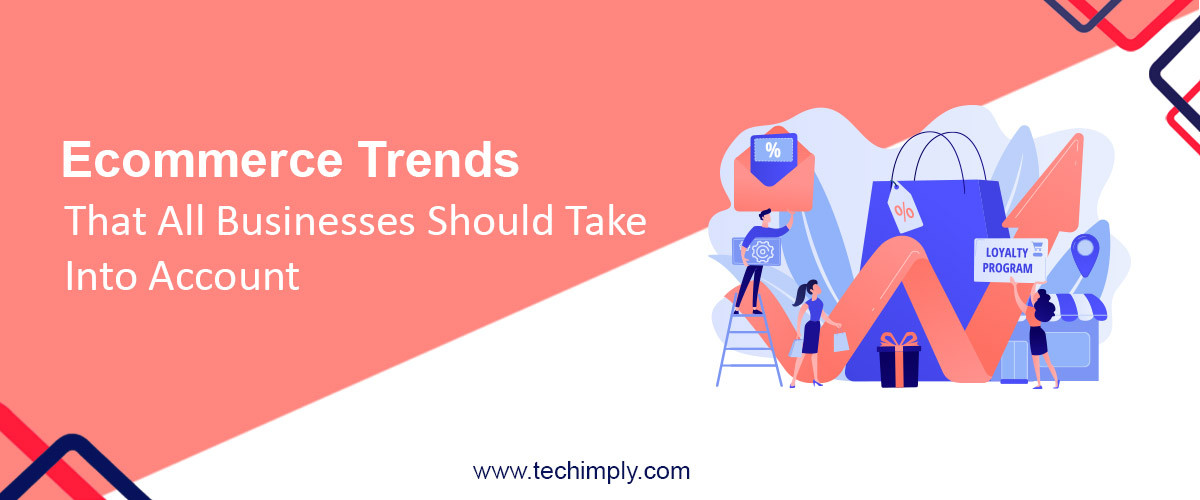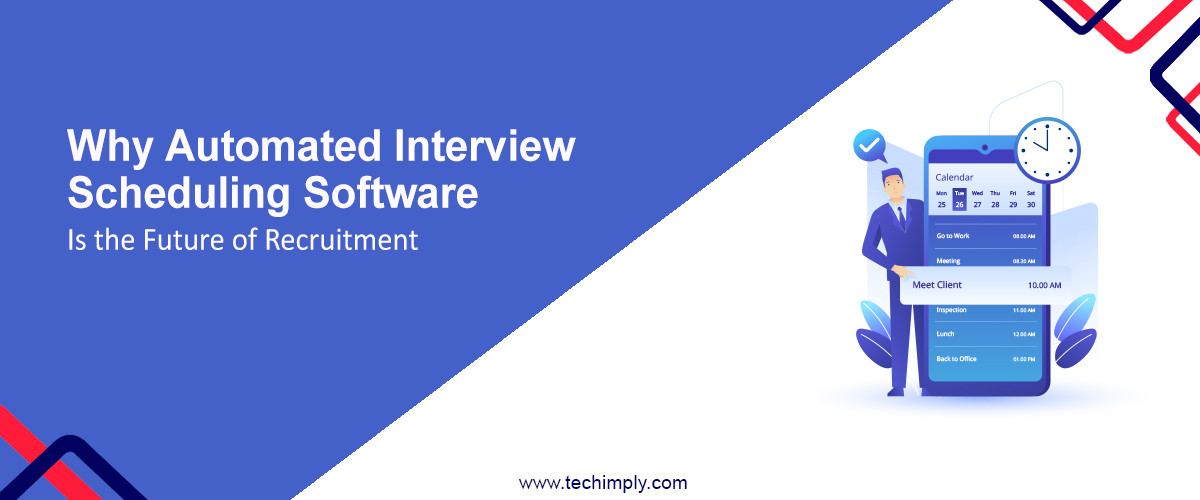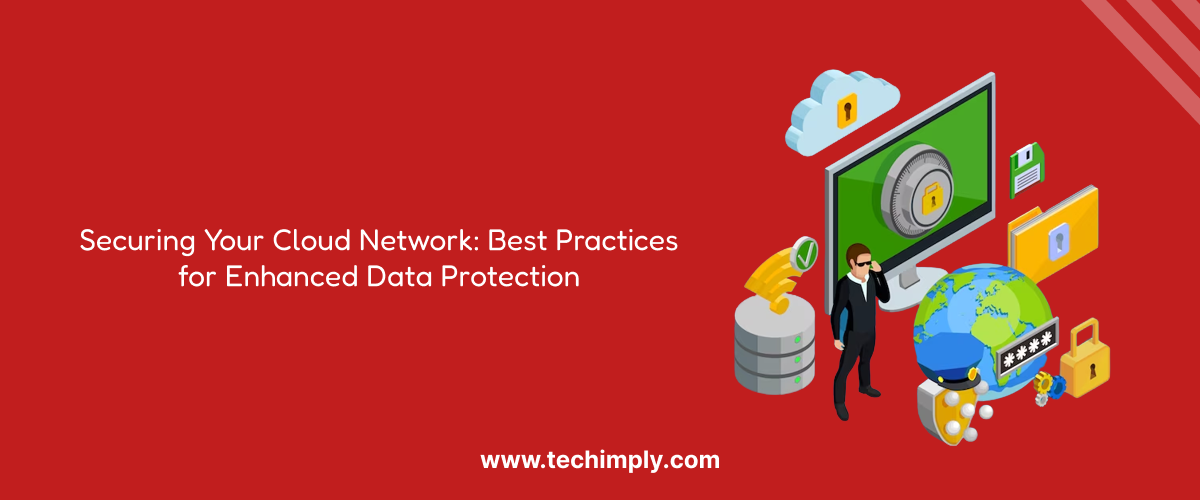Ecommerce itself was a market disruption that began with the first book sold on Amazon in 1995. In a short time, the phenomenon of online shopping turned markets on their heads, opened completely new models of sales, and reshaped consumer expectations forever.
Today, more disruptions are taking off at a faster rate than ever before. Innovations continue to change how we shop and interact with brands, from voice shopping and augmented reality (AR) to delivery-by-drone and more.
Tough though it can be to keep up with the movement of eCommerce, many of the newest trends provide valuable insights that every business should take into account, no matter their sales model.
Whether an online retailer, reseller, manufacturer, or brick-and-mortar business, the following eCommerce trends give an intimate look into what consumers expect today and what commerce as a whole will look like tomorrow.
(1) Phygital Commerce
It doesn’t take a clairvoyant to see that the future isn’t about e-commerce dominating the market—it’s actually the digitization of all commerce.
Picture it: from touch screens to virtual reality (VR) headsets, physical stores will incorporate immersive technology for an enhanced shopping experience. Ecommerce platforms, meanwhile, will leverage technologies like AR and VR to provide the “physical” experience that online shopping previously lacked. So, if you do something creative like custom pet portraits, these two trends can make things much better for you.
The “phygital” buyer journey will take the best aspects of physical and digital shopping and lead consumers through the most customer-centric experience ever imagined, no matter where they shop.
For an early example of phygital shopping, look no further than the new Amazon grocery stores. As customers walk through the store and drop products into their baskets, those products are scanned. The customers walk freely from the store once they’re done, and their total is automatically paid via their Amazon account. Alexa, too, plays an integral role in a frictionless shopping experience as customers navigate the aisles.
All businesses benefit from taking the phygital experience into account because the physical and digital can already be fused on a smaller scale. It doesn’t take an Amazon-sized business to achieve it. Just picture pop-up stores delivering hands-on experiences, or a real-time inventory built into a website where customers can purchase goods online for physical collection offline.
No matter the business, the future of commerce is “phygital.”
(2) Ecommerce Is Actually About Getting Closer
One of the dominating trends in eCommerce is the “closeness” that brands are reaching with their customers today. Specifically:
-
AI-powered data analysis and remarketing technology allow content and ads to be personalized to a user’s every click.
-
Product suggestions are individually filtered to users based on complex algorithms.
-
In response to the COVID-19 pandemic, consumers also became hungrier for a sense of community and trust.
Trust, as it turns out, is best supported by brands with a defined “personality.” Consumers were already showing a preference to buy directly from brands and manufacturers, and the pandemic accelerated that trend. One of the reasons is because it’s easier to trust a brand with a recognizable personality than a flavorless marketplace behemoth.
As brands have migrated to direct-to-consumer sales (more on that next), they’ve benefitted not only from cutting out the middleman (the retailer) but also by getting to know their customers on a much deeper level. They’ve done this with access to a whole new world of data as they interact with consumers directly.
With that data, brands have built the personalized content and buyer journey that consumers have come to love, which in turn has fostered a slow uptick in brand loyalty.
New insights into customers are possible now with more data, and brands and businesses of all types benefit from this more customer-centric focus. Customers walk away happier, and brands are building longer and deeper relationships.
(3)Direct-to-Consumer Sales Model
The direct-to-consumer (D2C) sales model has grown as brands and manufacturers use new digital channels to sell directly to consumers. The middleman retailer has been removed and brands are taking ownership of all their messaging, marketing, and order fulfillment.
The trend gained steam with consumers for the last several years, and then the pandemic took the trend to new heights. Today, more than half of consumers prefer buying directly from manufacturers. Brands and consumers are forming new bonds for the benefit of the businesses and their customers.
Shoppers benefit from D2C with lower prices, faster shipping, superior customer service, and offerings tailored to their preferences. Brands, of course, benefit from higher profits and greater customer value optimization (CVO) over time.
D2C is a smart strategy for most brands today, and even for the retailers, resellers, and manufacturers that aren’t ready to sell D2C yet, this trend has pushed an enormous number of new technologies into the market that is important to know about. From new ERPs in the cloud to developments in product information management software (PIM), SaaS solutions are responding fast to the boom of D2C brands selling online. The same technologies are benefiting businesses of every size and sales model.
(4) Enriched Product Data Is Now Essential
The bulk of eCommerce brands sell products, and products each have product data. “Essential” product data includes titles, SKUs, descriptions, and other basic information. “Enriched” product data refers to the product photos, videos, and other media and data that enhances a product listing.
What is considered “essential” versus “enriched” product data has changed recently, and this change is a reflection of trends in eCommerce as well as a flag for businesses preparing for the future. Today, product photos and videos have become “essential.”
New consumer expectations require a digital shopping experience that bridges the gap between the physical shopping experience and the online one. This means:
-
Photos must, themselves, be enriched with overlays about product specifications, manufacturing, design, or use.
-
Product videos are essential, too, particularly those that show a product in its intended environment.
-
3D photography and augmented reality experiences are other immersive technologies consumers have come to expect.
Bridging the gap between the physical and the digital can only be done with audio-visual-rich media, which is how this product data has become “essential.” Managing this data when selling on multiple channels, however, is a challenge most brands still aren’t prepared to face.
Optimizing product listings for Amazon, social selling, eCommerce websites, and other channels while ensuring complete and accurate information of the product information is an enormous undertaking. This was true five years ago, and it’s even truer now that more product information is “essential.”
The lesson every business should take away from this trend is to look at immersive audio-visual product data as essential and then to identify the PIM to help you organize it. Get the system in place now to manage this data (even before creating a library of product videos and enriched photos). The future of any product-based business depends on this.
(5) Multichannel Sales and Security:
Just type “multi-channel eCommerce” into Google, and the first thing you see are articles about multichannel marketing. While relevant, this isn’t the only multichannel trend that’s making an impact in e-commerce today.
Multichannel selling is a sales model where brands sell on any combination of online marketplaces, e-commerce(Magento development) websites, social selling, and other channels. The cost-benefit analysis of preparing and loading product data sheets for multiple marketplaces overwhelmingly favors a multichannel approach.
Data security is now a trend and every e-commerce business should consider it seriously. Coming to the data security of your customers then, a simple and basic solution is an SSL certificate. If you are an eCommerce platforms owner and running multiple subdomains pointing to a single domain, a cheap wildcard SSL certificate can do a great job here. Along with cost-saving, it gives supreme security and unlimited server license that enables SSL to install on multiple servers.
Consumers don’t shop on one single channel. Even when researching one single product, the likely path is to start a search on Amazon, then visit the websites of a brand of interest, then price-check on another marketplace, or look for reviews on Google or social media.
If consumers are looking everywhere, then brands must be everywhere to capture their attention.An effective means of increasing sales is through SEM across different platformsIf you running across multiple platforms like Meta, Google, Youtube etc, you can manage all campaigns from a centralised performance marketing tool.
The average number of touchpoints a brand has with a consumer before a purchase is made is now almost three. This doesn’t even factor in the touchpoints that consumers have with other brands over the course of the same product search.
This trend is significant for all businesses because consumers have changed their shopping behavior for good. No brand or business will gain traction today without a presence on multiple sales and marketing channels.
It’s no surprise: A lot is happening in e-commerce, and it all has lasting implications for commerce. People and technology continue to evolve and these trends tie loose ends together into a new “normal” of seamless omnichannel shopping.
It’s never too late to jump in and take advantage of these trends, either. Businesses continue to learn as quickly as the trends change, and new opportunities open up every day. Put one of these trends into an actionable goal for 2021 and get started!
-
Author: Alex Borzo
-
Author Bio: Amber Engine is a software company passionate about eCommerce. The company's fast and simple PIM software gets sellers, distributors, and brands to Amazon and other online marketplaces in weeks instead of months and frees up time and resources to allow eCommerce and marketing professionals to create content that inspires modern discovery shoppers.






